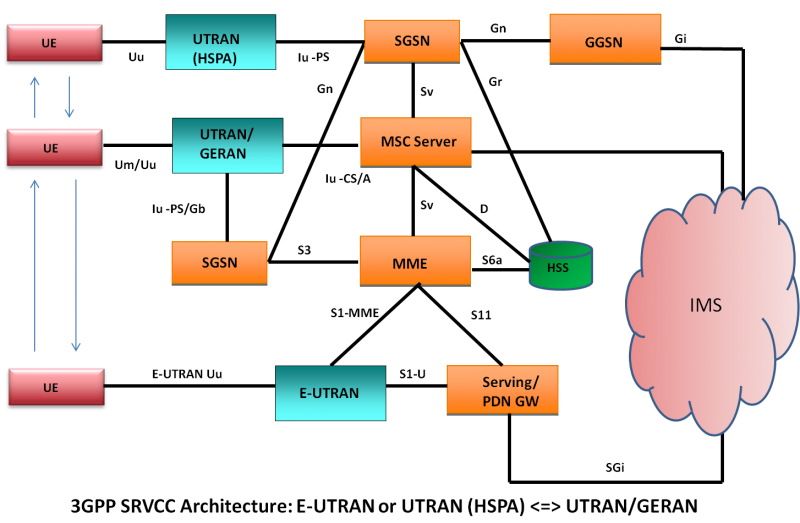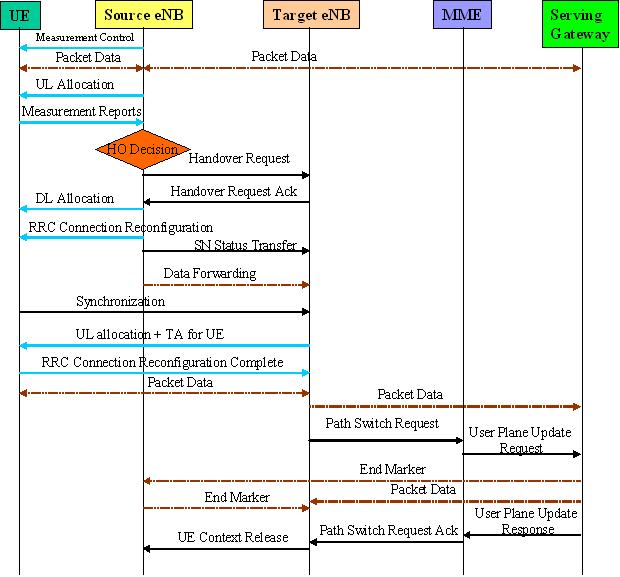Along with LTE introduction, 3GPP also standardized Single Radio Voice Call Continuity (SRVCC) in Release 8 specifications to provide seamless continuity when an UE handovers from LTE coverage (E-UTRAN) to UMTS/GSM coverage (UTRAN/GERAN).
Tag: E-UTRAN
LTE UE Classes
UE class determines the speed at which data can be transferred in uplink and downlink directions. For GPRS & UMTS, most of us already are aware of it.
3GPP Release 11 Features and Study Items
3GPP has already started work on Release 11. See objectives of features & study items from 3GPP Work Items below.
LTE Handovers – Intra E-UTRAN Handover
Intra E-UTRAN Handover is used to hand over a UE from a source eNodeB to a target eNodeB using X2 when the MME is unchanged. In the scenario described here Serving GW is also unchanged.
Measurements in LTE E-UTRAN
In LTE E-UTRAN measurements to be performed by a UE for mobility are classified as below
LTE UE positioning in E-UTRAN
UE Positioning function is required to provide the mechanisms to support or assist the calculation of the geographical position of a UE.
LTE RAN architecture aspects
Presented by Dino Flore: RAN WG3 Chair, Qualcomm at a recent IMT-Advanced workshop, in Beijing, China It has following contents EPS architecture
LTE Advanced: Evolution of LTE
August 14, 2009 | LTE standards are in matured state now with release 8 frozen. While LTE Advanced is still under works. Often the LTE standard is seen as 4G standard which is not true. 3.9G is more acceptable for LTE. So why it is not 4G? Answer is quite simple – LTE does not… Continue reading LTE Advanced: Evolution of LTE
LTE Security Principles
The following are some of the principles of 3GPP E-UTRAN security based on 3GPP Release 8 specifications:


